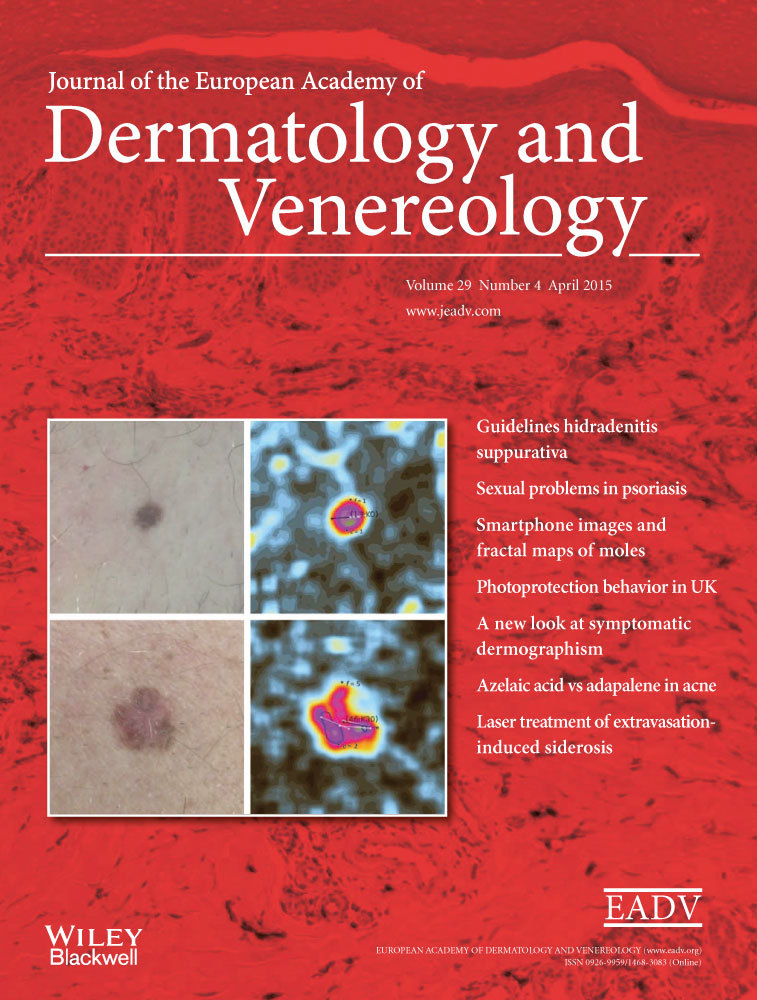New posology of potassium iodide for the treatment of cutaneous sporotrichosis: study of efficacy and safety in 102 patients
Conflict of interest:
None reported.
Funding sources:
This work was supported by Brazilian Health Ministry and Fundação Carlos Chagas Filho de Amparo à Pesquisa (FAPERJ).
Abstract
Background
The first therapeutic choice for the treatment of cutaneous sporotrichosis is oral itraconazole; however, the increase in cases of zoonotic transmission outbreak necessitates a search for effective and safe treatment alternatives.
Objective
To evaluate a new potassium iodide (KI) posology as an alternative for the treatment of limited cutaneous forms of sporotrichosis.
Methods
One hundred and two patients with sporotrichosis diagnosed by isolation of Sporothrix sp. were included and were divided into 2 groups that received different doses of KI: group A received the conventional dose, and group B received the reduced dose. The cure criteria were based on clinical and serological data.
Results
Seventy-nine patients (77.4%) reached clinical cure: 70.6% and 84.3% of groups A and B respectively. Sixteen patients (15.6%) were lost during follow-up, and seven changed drug therapy: five in group A and two in group B. The incidence of adverse events was similar for both groups (64.7%): predominantly metallic taste (44%), followed by mild gastrointestinal intolerance and acneiform eruption (10.7% each). No serious adverse events occurred, and there were no recurrences. Analysis of the results showed no statistically significant difference between groups (P = 0.9255). The improvement in serologic titres was significant in both treatment groups.
Conclusion
Through statistical analysis, the usual posology was not shown to be superior to the one proposed in this study. Serology for sporotrichosis may be used as a valuable tool in the clinical monitoring of these patients.




